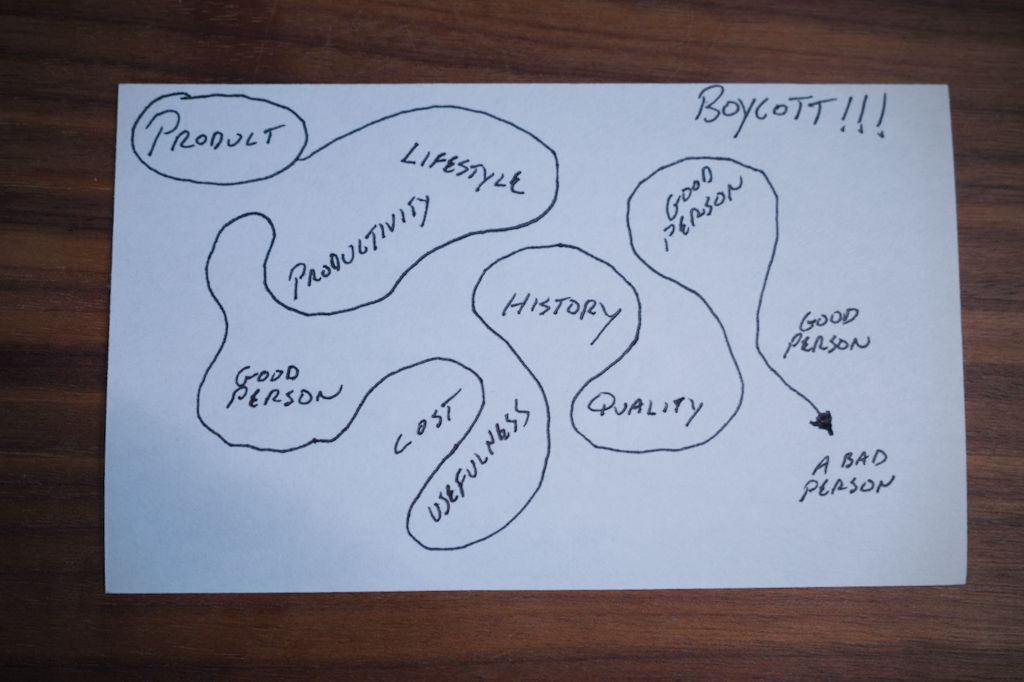
Thursday, October 09, 2025
Aaaaand, we’re back. Sometimes I really like WordPress. It lasts a week or two. I cleaned a few things up around here. The big one is that I’m now using the stock PaperMod theme rather than the mess I made in my own fork. I’ll probably tweak, but I don’t want to maintain my own theme. I also removed /notes from the navigation. I don’t need them. I may find some other way to indicate/present shorter posts, but for now it’s all either a post or a daily note. ...





